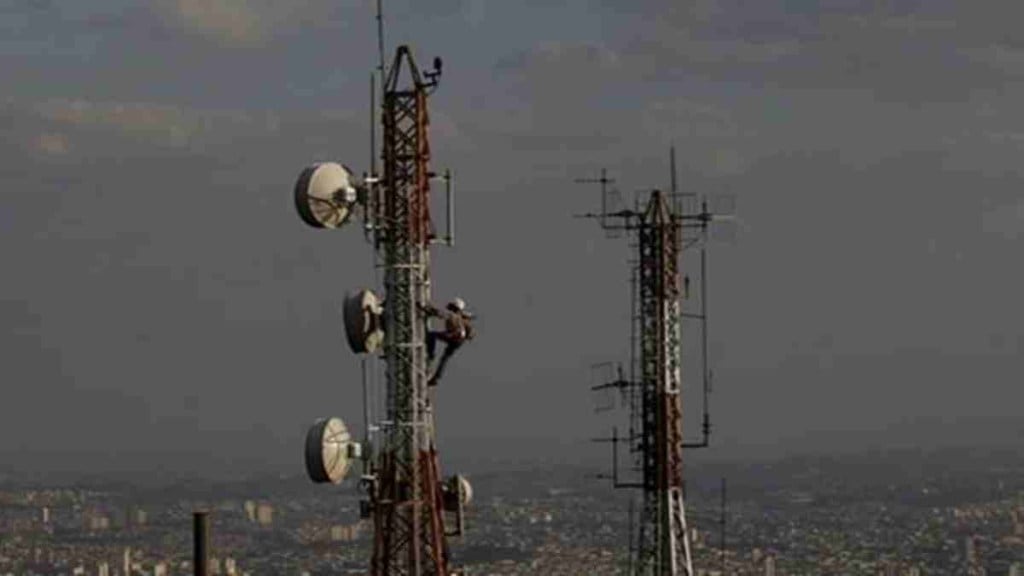With telecom operators having entered the mega capital expenditure cycle with the launch of 5G services, discussions on the next leg of tariff hikes for 4G plans are making the rounds again. However, analysts say this time the increase in tariffs will be lower than that in 2021, largely due to inflationary pressures.
After a span of two years, the telecom companies in November last year hiked the tariffs across some prepaid plans by 20-25%. While analysts offered mixed views on the timing of tariff hikes this time, they expect them to be in the range of 10-20%.
Tariff hikes are important for telecom companies to increase their average revenue per user (Arpu), a key parameter of profitability for them. Currently, the industry Arpus are around Rs 162 per month.
“We expect the next leg of tariff hikes in the next 6-12 months. A delay in tariff hikes by the telecom companies is expected largely due to weak consumer sentiment on inflationary pressures,” Nitin Soni, senior director at Fitch Ratings, said.
Also Read: Launches of residential units seen rising 10-15% this Diwali
The rating agency has a stable outlook on the Indian telecom sector and expects growth in revenues and profits on higher average revenue per user, low spectrum usage charges, and potential from the 5G enterprise business.
According to Soni, a weak consumer sentiment owing to high inflation is evident from muted smartphone shipments this year.
With an average price of 1 GB data at 14, India currently has one of the lowest mobile tariffs in the world, thanks to Reliance Jio which had disrupted the telecom market with its entry in 2016 by offering free data and unlimited calling.
Lately, companies such as Bharti Airtel and Vodafone Idea have been pressing for tariff hikes to improve their revenues and cope with the increasing operating costs. Bharti Airtel has time and again said they would not shy away in taking the lead in hiking tariffs. In the earlier hikes, it has been seen that Bharti Airtel first increases the tariffs, and as a market reaction, peers Vodafone Idea and Reliance Jio follow.
“We never follow, if we would have followed, Jio would not have born. We had created tariffs which others follow and we had set the trend in 2016,” a senior executive at Reliance Jio said, adding that the tariff hikes will be done keeping in mind the affordability of customers and the company’s subscriber base.
“We never start our business plans with tariffs, we start our business plans with how many customers can adopt and consume the technology,” he said on the condition of anonymity.
Owing to the impact of tariff hikes and weeding out of inactive users, Jio had lost 10.9 million subscribers in the March quarter.
“Though the industry needs tariff hikes, the telcos are indirectly bound by the government to keep the services affordable and that may prompt them to not hike the tariffs beyond 15% for prepaid plans,” a Mumbai-based analyst said. He expects the companies to also hike tariffs in the postpaid plans this time by about 20%.
The telecom operators had hiked the tariffs for postpaid plans in July last year. The segment contributes about 15% to the telecom sector’s revenue.
Apart from affordability, another reason for telecom companies to consider a lower tariff hike this time is the relief on the spectrum usage charges by the government, along with certain regulatory reforms introduced last year, analysts said.
“The tariff hikes last year were largely done for survival and sustainability of business, this time it would be more about making the business profitable,” another analyst at a domestic brokerage firm said, adding that the hike should come in early next year as by that time the companies will also have some clarity on its 5G penetration.
On the 5G tariff plans, the analysts said the companies would continue to offer the services on the current 4G plans for some time now. “Once they get a decent base of customers using 5G, only then would it make sense for them to introduce the tariffs,” the analyst said.
